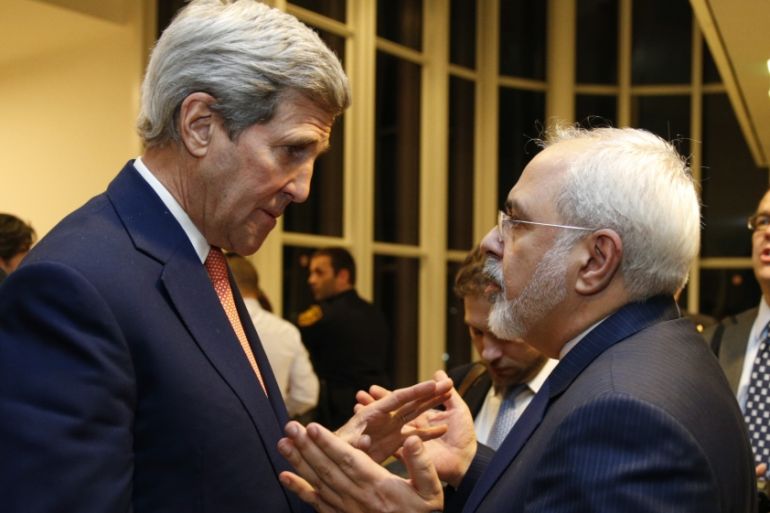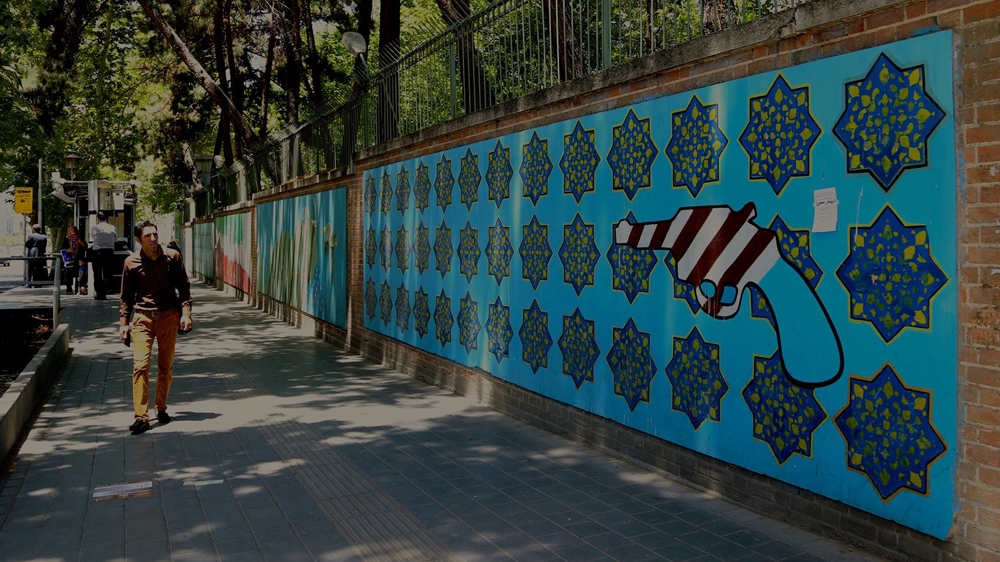Questions remain over American left behind in Iran jail
Dubai-based businessman Siamak Namazi was arrested in Tehran while visiting his family last October.

Four Iranian-Americans and one US student were released from Iranian prisons earlier this month, as part of a prisoner swap deal announced on the same day that international sanctions were lifted on Iran.
But there was one other US citizen who was not among those freed – and questions remain as to why he was excluded from the prisoner exchange between Iran and the US.
Siamak Namazi, an American of Iranian origin and a Dubai-based businessman, was arrested in Tehran last October.
His detention drew scant attention, even as the case of private American investigator Robert Levinson, who went missing in Iran in 2007 and was also not part of the deal, dominated the news.
Some Iran observers suggested Namazi was being used as an “insurance”, while relations between Tehran and Washington DC continue to be antagonistic.
READ MORE: Iran frees Washington Post reporter in US swap deal
“I think they are keeping Siamak for the next round of negotiations,” Saeid Golkar, an Iran expert at the Chicago Council on Global Affairs, told Al Jazeera.
“It’s a kind of an insurance and a leverage” by certain factions of the Iranian political system, he said.
Reza Marashi, research director at the National Iranian American Council (NIAC), said the “initial word” was that Namazi was part of the “package” negotiated between Tehran and Washington DC.
“And then we all came to find out that he was not,” Marashi told Al Jazeera. “There’s no shortage of possibilities. It’s strange because I have not even heard of speculations.
“All I can say is that the [Iranian] government never should have detained him in the first place, and he should be released immediately.”
Early reports indicated that Namazi was part of the four Iranian Americans and one American student released from Iran prisons. But an Iranian website later apologised for the erroneous report.
Namazi’s family had been linked to NIAC in an anonymously written article published in The Daily Beast last September. The article suggested that his family stood to profit from the lifting of Iran’s nuclear sanctions.
The report was strongly denied by the Washington DC-based group advocating for better US-Iran ties. Soon after the article was published, Namazi was arrested and reportedly sent to Evin prison.
Marashi said the continued detention of Namazi underscores the reality that “while there are sea changes in the US-Iran relationship, there are still serious areas of disagreement between the two countries.”

Loaded with speculation
Until Namazi’s case is made public, Iran observers can only speculate about his case, said Holly Dagres, an Iranian-American commentator and curator of The Iranist website.
“Since the prisoner swaps were conducted in secret on the side of the Iran deal, we’re not certain what was discussed. For all we know Namazi may have been brought up,” she told Al Jazeera.
Dagres said she doubted that Iran would use Namazi as a “bargaining chip given that some people are saying this is a domestic dispute”.
Since his detention, Namazi’s family has also kept quiet. A friend of Namazi wrote in a Huffington Post article that Namazi’s father, Baquer, a former governor of Khuzestan Province, had settled back in Tehran after moving his family to the US in the early 1980s. Namazi’s brother, Babak, is reportedly working as a lawyer in Dubai.
Rather than being used by Iran as an “insurance policy” in its dispute with the US, Namazi’s detention is a sign of “continuing paranoia” towards dual Iranian-American nationals among Iran’s intelligence officials, according to Hanif Zarrabi-Kashani, an Iran political analyst formerly affiliated with the Brookings Institution think-tank.
Even an Iranian physicist at the University of Texas, Omid Kokabee, had fallen into that trap of suspicion by Iranian authorities, Kashani said. Kokabee was arrested in Iran in 2011 while visiting his family.
“Although the new channels of communication between Secretary Kerry and Foreign Minister Zarif have produced fruits over the past week or so, that institutionalised paranoia inside Iran’s intelligence apparatus is not going to subside any time soon,” he told Al Jazeera.
|
|
For that same reason, Saeid Golkar, the Chicago-based Iran analyst who is also a professor at Northwestern University, said he feared Namazi’s detention could go on for a while.
Notwithstanding the differences between Iran and the US, Ariane Tabatabai, an Iran analyst at Georgetown University in Washington DC, said the recent prisoner swap and the prompt release of detained US navy personnel in Iran showed the importance of “direct diplomatic channel” between the two countries.
“It really shows how important a cool head, an understanding of the other side, and communications are in these crises,” she told Al Jazeera.
For Marashi, of the US-based NIAC, it is important that diplomatic efforts continue between Iran and the US, adding that it could help in the eventual release of Namazi.
“Diplomacy’s great promise is that once the conversation begins, you will really never know where it is going to lead.”